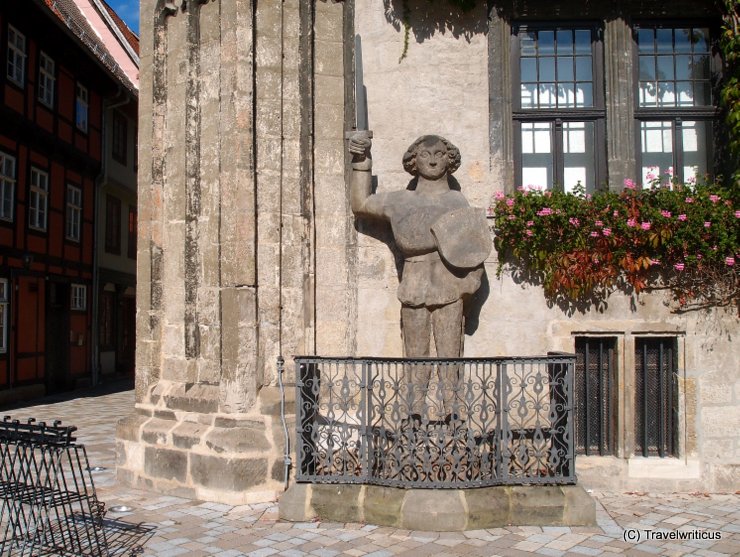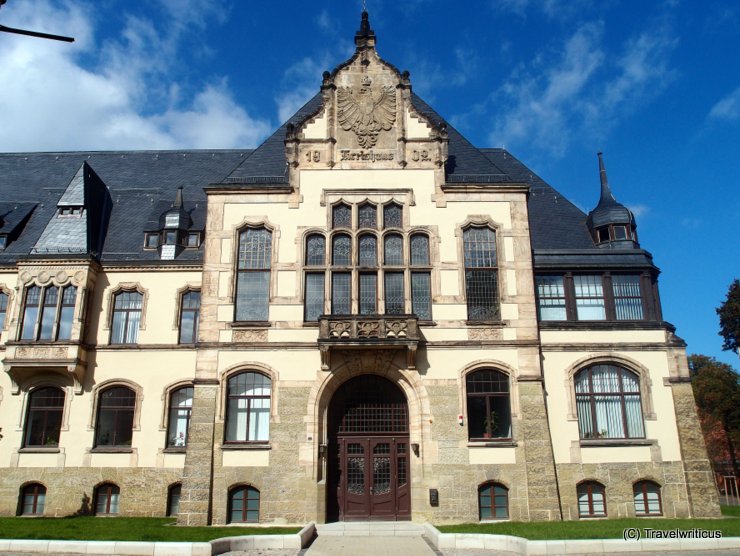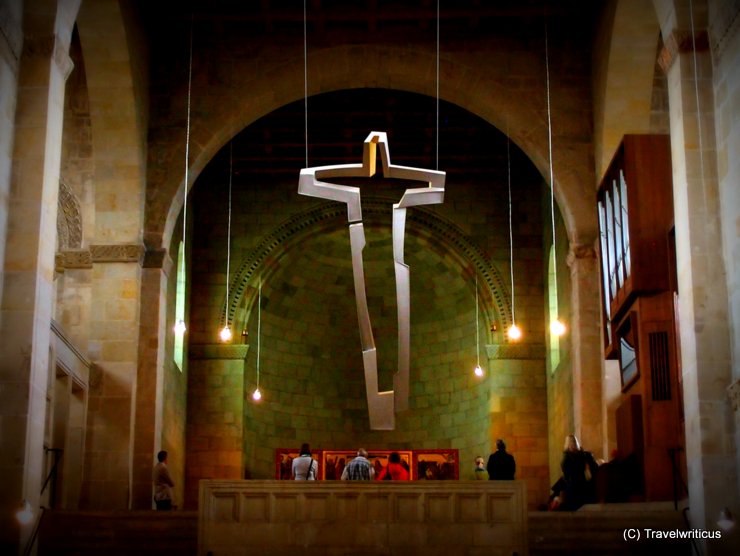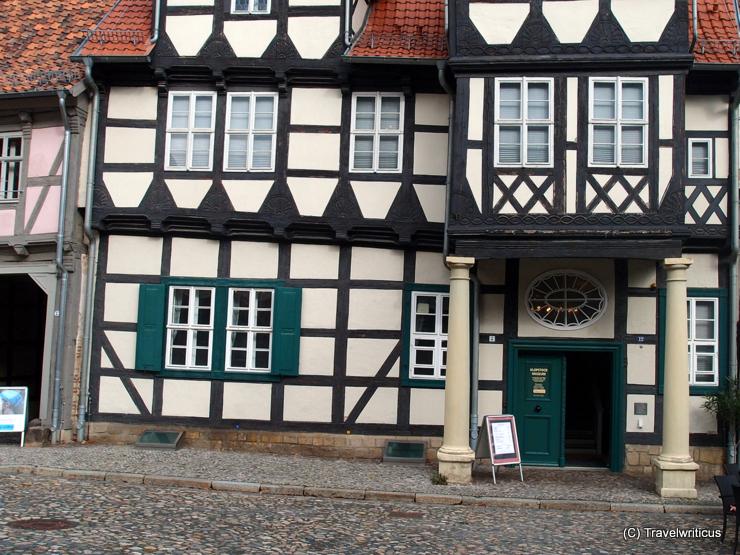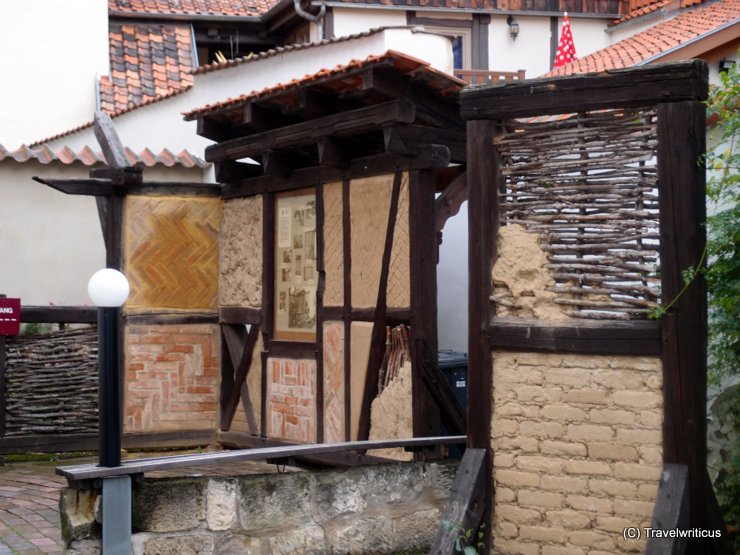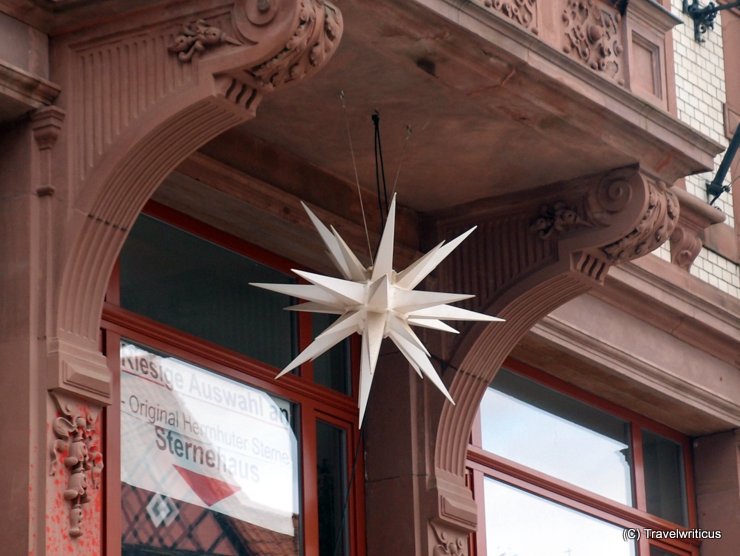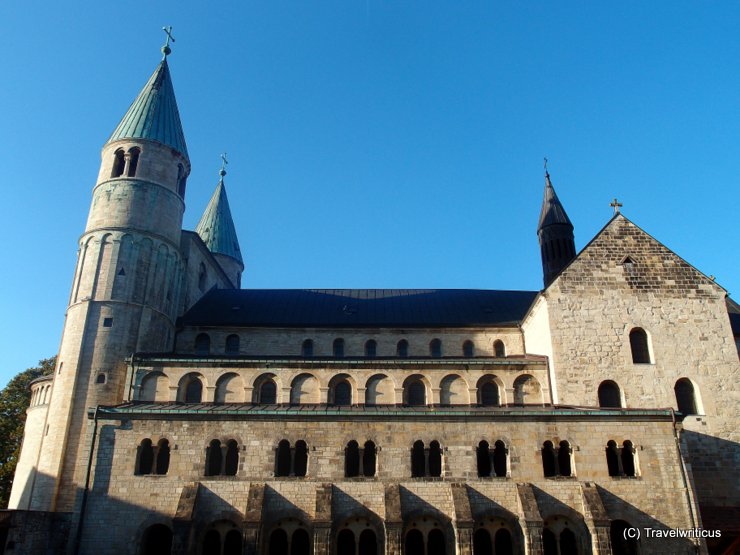
St. Cyriakus was built in the 10th century and is an example of Ottonian architecture. Inside, one can find a late 11th-century copy of the grave of Christ. I was especially surprised by the fact that the layout of this church lacks right angles. The church is part of the Transromanica.
